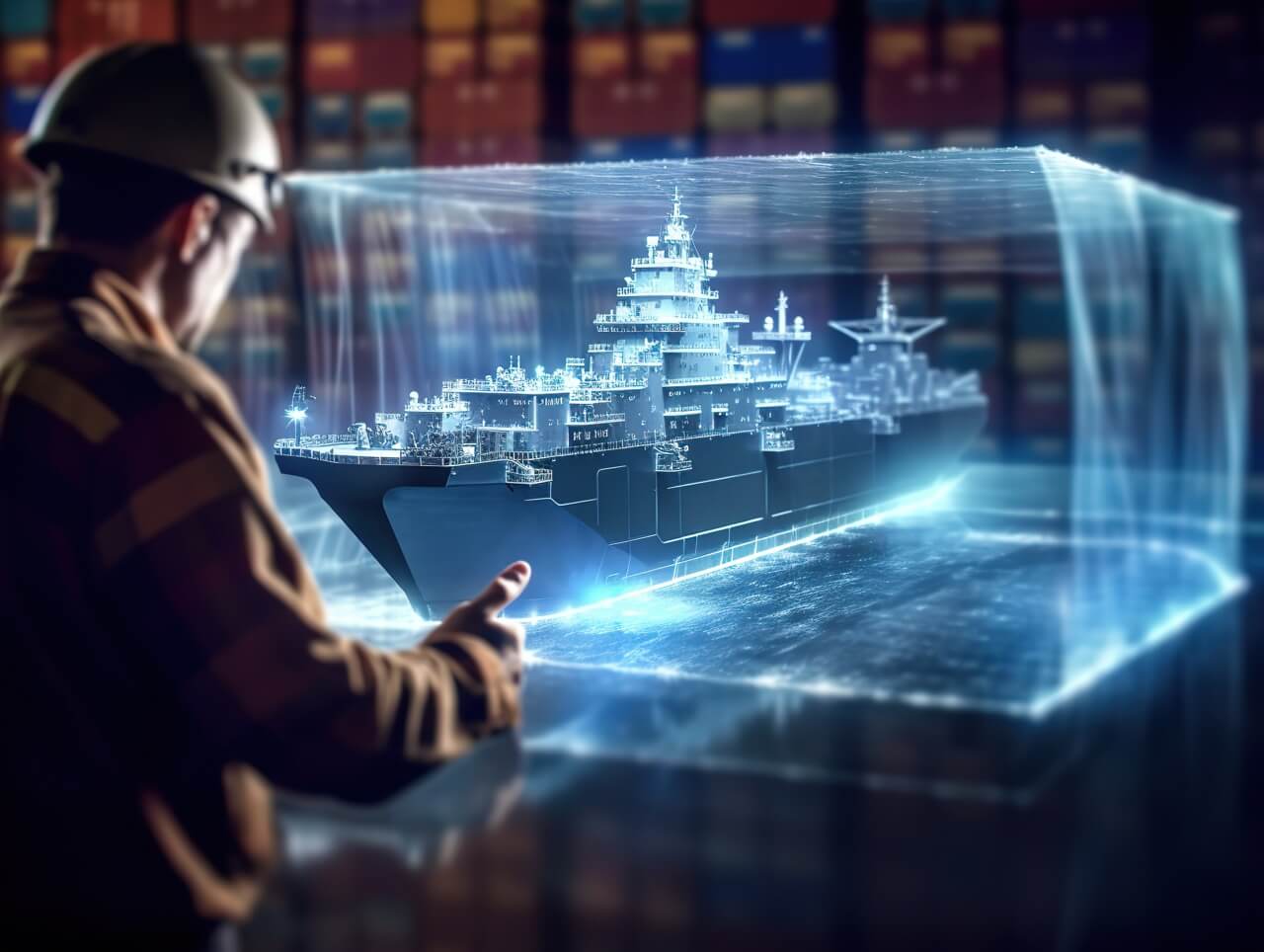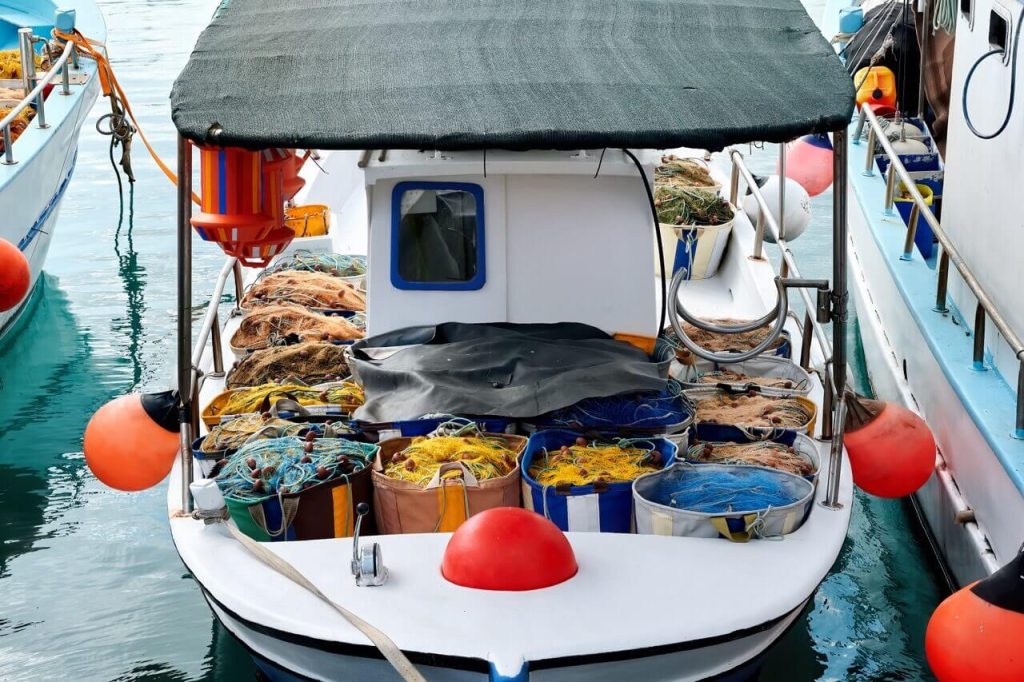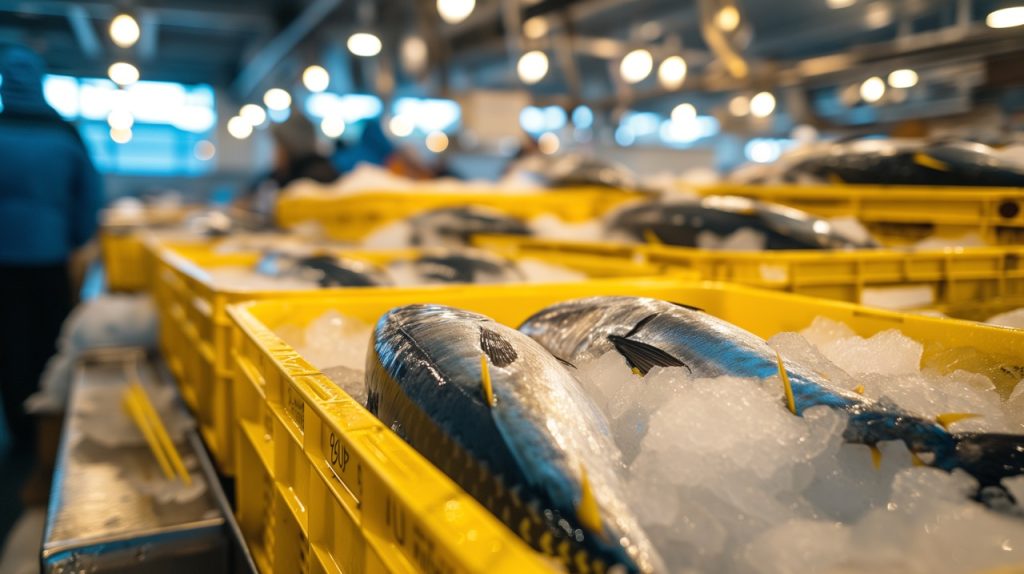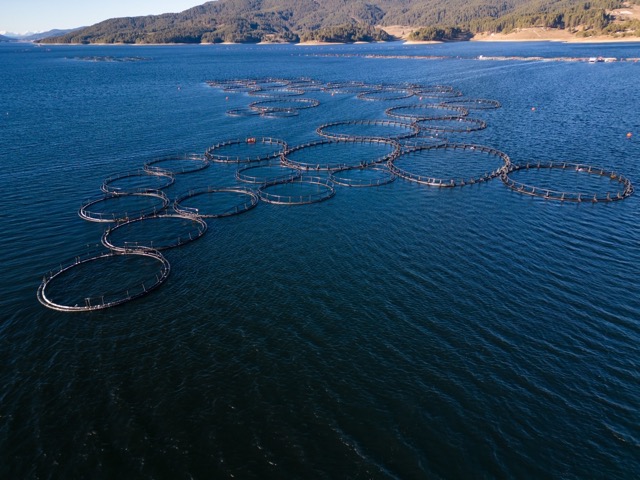The fishing industry, often overlooked in the context of technological innovation, is undergoing a silent transformation driven by Artificial Intelligence (AI). From improving sustainability and resource management to optimizing fishing operations, AI is redefining how fishermen work in the oceans. In this article, we explore the ways in which AI is revolutionizing fishing and highlight key best practices and recommendations in this field. Keep reading to discover more!
Evolution of AI in Fishing
In recent years, AI technology or artificial intelligence has experienced notable evolution in the fishing industry, playing a crucial role in species detection and classification, real-time monitoring of fishing activity, optimization of routes and fishing strategies, fish population and fish stocks prediction, reduction of bycatch, and improvement of sustainability.
AI Techniques in the Fishing Sector
Here are the AI techniques being applied in the fishing industry:
- Computer Vision and Image Processing: AI is used to develop computer vision systems that can identify and classify fish species in images and videos. This is useful for verifying catches, separating species in the production chain, and ensuring compliance with regulations.
- Machine Learning: Machine learning models and algorithms analyze large datasets, extracting patterns that aid in decision-making. This includes predicting fish populations, identifying optimal fishing areas, and estimating catches.
- Sensors and Real-Time Monitoring: AI integrates with sensor systems and real-time monitoring to track fishing activity and crop health in aquaculture. This includes monitoring water conditions, fish feeding, and detecting anomalous events.
- Optimization of Fishing Routes: Optimization algorithms are used to plan more efficient fishing routes, considering factors like weather conditions, water temperature, and species migration patterns. This helps fishermen reduce operating costs and travel time.
- Drones and Autonomous Vehicles: AI is applied in operating drones and autonomous underwater vehicles to collect data, monitor fishing activity, and assess the health of marine ecosystems. These devices can perform inspection and data collection tasks more efficiently than traditional methods.
- Selective Fishing: AI is used in selective fishing technologies aiming to reduce accidental catches of unwanted or endangered species.
- Modeling and Simulation: AI models simulate and predict the behavior of fish populations and the dynamics of marine ecosystems. This assists fisheries resource managers in data-driven decision-making for setting catch limits and fishing seasons.
- Traceability and Supply Chain: AI is used to track and audit the supply chain of fishery products, ensuring traceability and legality from capture to the final consumer.
Advantages of AI for Fishing
The use of Artificial Intelligence (AI) in the fishing industry offers numerous advantages, ranging from improving operational efficiency to promoting sustainability and fisheries resource management. Some key advantages include:
- Optimization of operations and efficiency improvement.
- Promotion of sustainable fishing practices.
- Reduction of accidental catches.
- Improvement of quality and traceability.
- Prediction of marine environmental conditions.
- Reduction of operating costs.
- Innovation in aquaculture.
Best Practices and Expert Recommendations
From KrustaGroup, we believe it’s important to implement best practices in the fishing industry. This is because it ensures that the application of AI in the industry is ethical, and sustainable in the long term. The study “Artificial Intelligence and the Fishing Sector” provides a comprehensive list of recommendations for better AI use in fishing and its supply chain. Some of the most important ones include:
- Modify regulations subject to review in this area to include references to AI systems.
- Encourage collaboration between universities, businesses, AI developers, and other stakeholders in the fishing sector.
- Promote the training of interdisciplinary experts in fishing with AI-related skills and multidisciplinary teams.
- Raise awareness about AI benefits and limitations among executives and companies in the sector.
By following these recommendations, we can achieve proper implementation and use of new technologies and AI in fishing companies. This has become essential to ensure the highest quality of our products, improve efficiency in our operations, and promote the sustainability of the marine and fishing environment.
Bibliographic Source
-European Parliament. (2022). Artificial Intelligence and the fisheries sector. Retrieved from https://www.europarl.europa.eu/RegData/etudes/ATAG/2022/699.644/IPOL_ATA(2022)699644_EN.pdf





